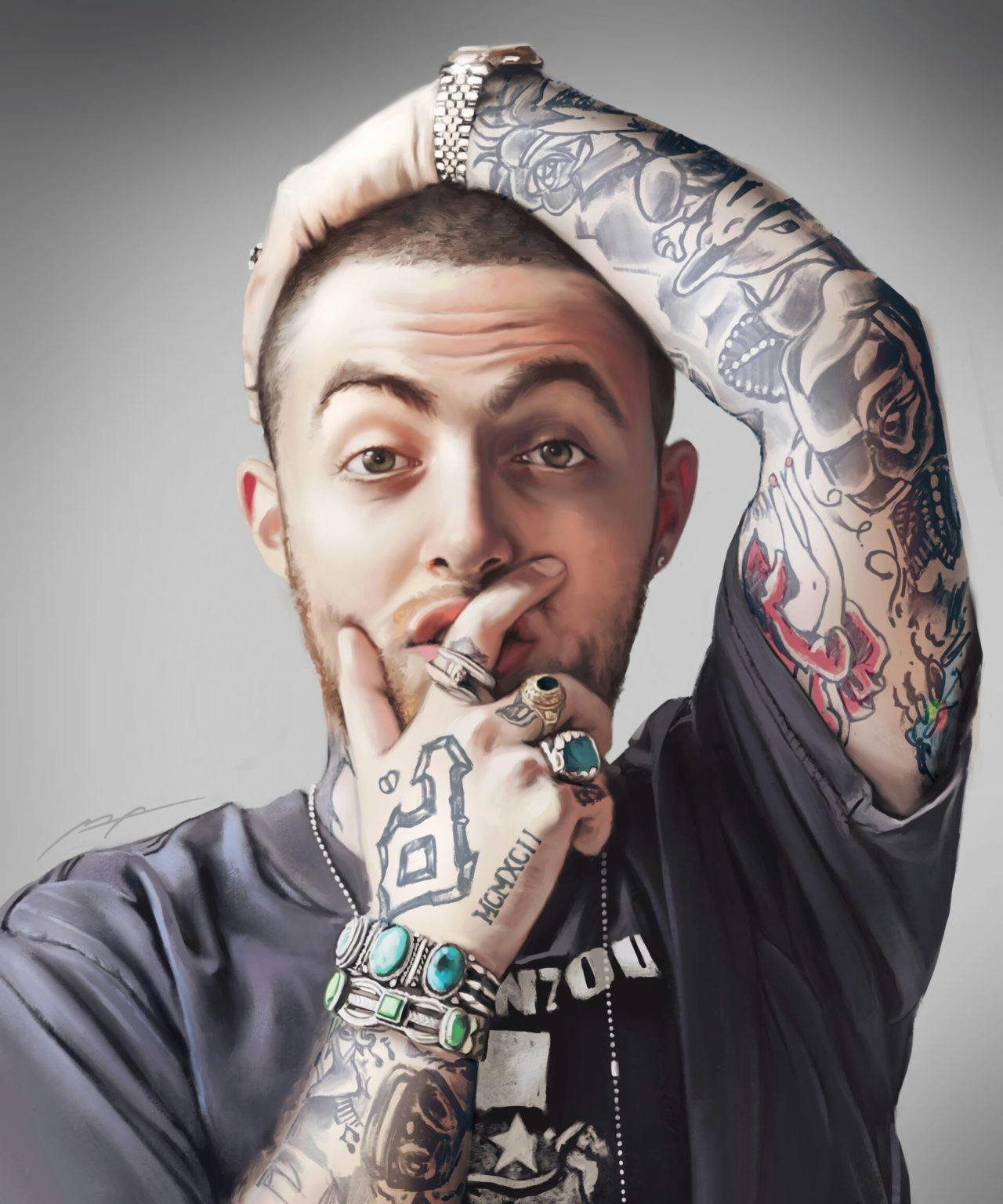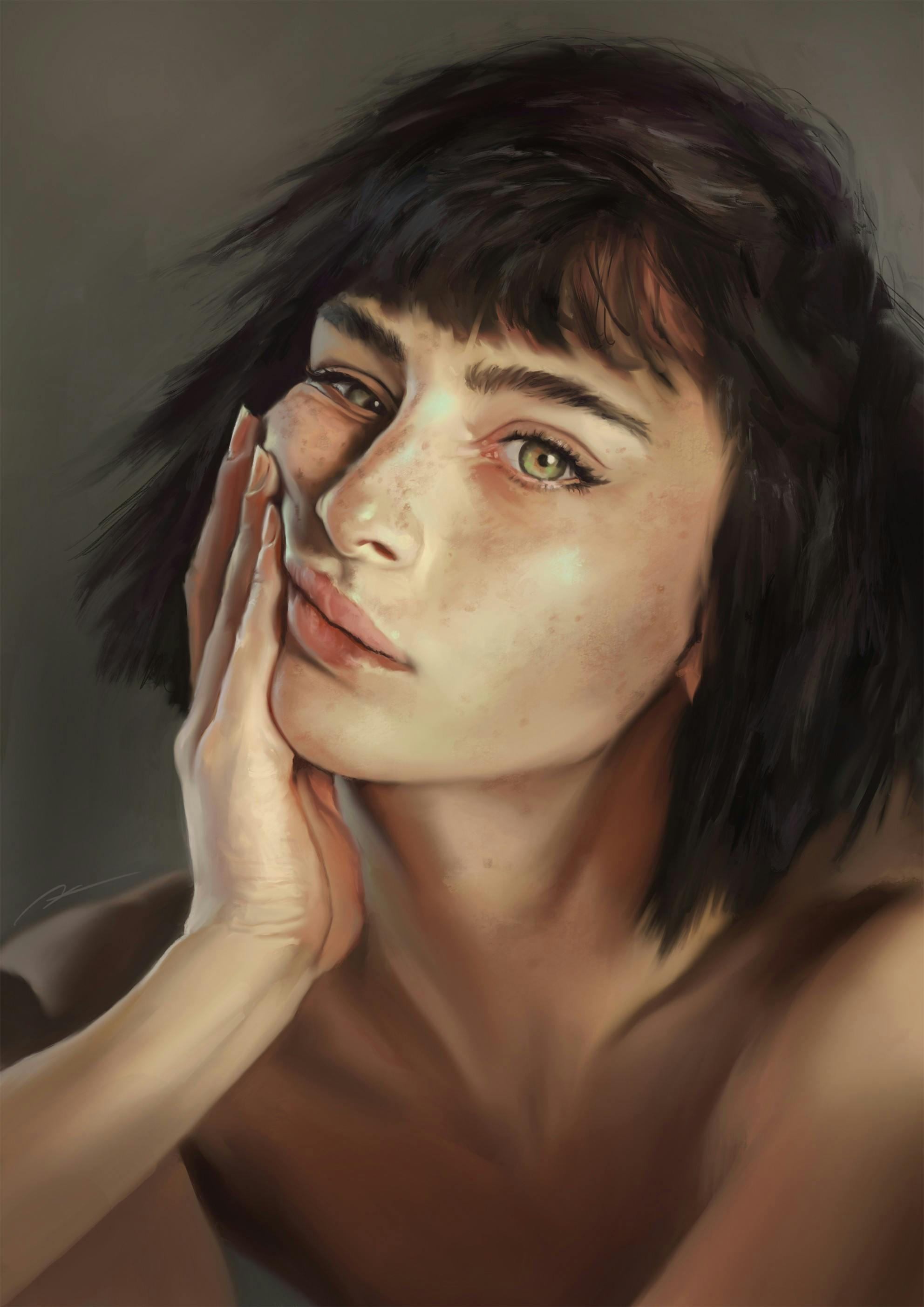Art has always been a universal language, breaking barriers and inspiring creativity. Iconography art examples show how symbols, shapes, and images can communicate meaning far beyond words. From ancient religious icons to modern digital visuals, these works of iconic art reflect cultural values, spiritual beliefs, and human expression. By studying them, we gain insight into different traditions while appreciating the timeless ways art connects people across generations.
What Are Some Common Iconography Art Examples?
Across history, artists have created iconography art examples to express values, beliefs, and emotions through visual symbols. These works give us insight into different cultures and their ways of communicating meaning beyond words.
Religious Iconography
Religious art offers some of the strongest traditions in iconography. The Ghent Altarpiece (1432) is a prime example, filled with Christian symbols such as:
- The Mystic Lamb symbolizing Christ’s sacrifice
- Crowns representing divine authority
- Lilies for purity
- Roses as a sign of divine love
In Buddhism and Hinduism, iconography also plays a central role:
- Buddha’s hand gestures (mudras) conveying wisdom
- Multiple arms of deities showing divine power
- Lotus flowers symbolizing enlightenment
Modern Iconography
Contemporary artists continue to use iconography to tell personal and cultural stories. Frida Kahlo’s Self-Portrait with Thorn Necklace and Hummingbird includes symbols like:
- Thorns to express suffering
- A monkey for protection
- A butterfly as a sign of transformation
Digital Iconography
In the digital age, iconography has evolved into the symbols we use daily:
- App icons communicating function at a glance
- Emojis that express emotions instantly
- Brand logos carrying cultural and social meaning

Artwork by Manuel Piedra
What Is the Purpose of Iconography Art?
The purpose of iconography art goes far beyond decoration. Across cultures, it has preserved history, expressed spirituality, and allowed individuals to share their personal stories. Even in today’s digital age, these functions remain vital.
- Cultural communication: Symbols carry knowledge and values that bridge generations and even language barriers.
- Spiritual meaning: Religious and sacred art uses imagery to represent divine ideas and guide reflection.
- Personal expression: Artists often weave symbols into their work to share identity, emotions, or life experiences.
Together, these roles highlight why iconography art continues to shape how we understand and connect with the world.
How Does Iconography Art Help Us Understand Different Cultures?
Iconography art acts as a cultural lens, revealing values, beliefs, and ways of interpreting the world. By studying these symbols, we uncover insights that written records alone may not capture, helping us appreciate both cultural differences and shared human experiences.
- Eastern traditions: Japanese Zen gardens use stone placement to represent mountains, raked gravel to suggest water, and carefully chosen plants to symbolize seasonal change—all designed to inspire quiet reflection.
- Western traditions: Medieval Europe expressed spiritual and social order through cathedral architecture, stained glass windows that illustrated biblical stories, and royal portraits filled with symbols of power.
Together, these iconography art examples show how visual symbols preserve cultural identity and connect us across time.
What Techniques Are Used in Iconography Art?
Artists use a variety of techniques to give iconography art its symbolic power. These methods have evolved from traditional approaches to modern innovations, but all share the goal of conveying meaning beyond the surface image.
- Traditional techniques: Artists often use color symbolism (such as gold for divinity), spatial hierarchy (larger figures for greater importance), and repeated motifs or attributes (like halos or objects) to signal identity and meaning.
- Modern approaches: Today’s artists adapt iconography through minimalist design, digital tools that allow scalable symbols, and mixed media. Interactive features, especially in digital spaces, also invite viewers to participate in interpreting meaning.
By blending these methods, artists ensure that iconography continues to communicate across cultures and eras.
Most Influential Iconography Art Examples
Some iconographic works have shaped culture so deeply that they’ve become universal symbols, recognized far beyond their original context. Their influence lies in how they condense complex ideas into simple, powerful imagery.
Historical Icons
The American Flag is one of the clearest iconography art examples. Its stars represent states, stripes mark the original colonies, and its colors hold symbolic meaning of unity and freedom. Similarly, the Statue of Liberty has become an enduring global icon: her torch stands for enlightenment, the crown for divine light, the tablet for law, and the broken chains for freedom.
Contemporary Icons
Modern life is also shaped by iconography. Corporate logos like Apple’s bitten apple (knowledge), Nike’s swoosh (movement), and McDonald’s arches (recognition) show how branding draws on centuries of symbolic tradition. Digital icons carry equal weight: the floppy-disk “save” symbol, the shopping cart for commerce, the envelope for communication, and the home symbol for navigation are now universal references in our digital lives.

Artwork by Manuel Piedra
How Can We Apply These Examples Today?
The principles revealed through historical iconography art examples remain surprisingly relevant today. Designers, marketers, and educators continue to adapt these visual traditions to modern needs, showing how symbols can carry meaning across time and culture.
Brand Development
Iconography plays a central role in branding. From logo design to visual identity systems, businesses use symbols to tell stories and create instant recognition. A strong icon can communicate values faster than words, making it a cornerstone of marketing.
Digital Design
In our digital world, icons guide daily interactions. App symbols, navigation buttons, and infographics all rely on clear iconographic principles. By drawing from historical traditions, digital designers ensure these visuals remain intuitive and universal.
Cultural Preservation
Beyond commerce and technology, iconography also supports cultural heritage. It appears in documentary art, educational projects, and community symbols, helping societies pass on knowledge and preserve identity through visual language.
Resources for Studying Iconography Art
Exploring iconography art examples has never been more accessible. Today, both physical institutions and digital platforms provide rich collections that help scholars, students, and enthusiasts study symbolic traditions across time and cultures.
Museums with Notable Collections
- The Metropolitan Museum of Art (New York): Known for its religious icons, medieval works, and modern exhibitions that trace symbolic traditions.
- The British Museum (London): Offers one of the world’s most diverse collections, including cultural symbols, global iconography, and historical artifacts.
Digital Resources
- Google Arts & Culture: Provides virtual tours, high-resolution artwork, and interactive exhibitions, making global collections accessible online.
Educational Platforms
- Offer online courses, searchable symbol databases, and even artist interviews that bring academic insight into more practical, engaging formats.
Conclusion
Iconography art examples reveal how visual symbols connect human experiences across cultures and time. From ancient icons to modern digital symbols, they show art’s unique power to communicate complex ideas in simple, lasting forms. Studying these examples not only deepens our artistic appreciation but also helps us understand the universal role of symbols in human expression.

